Strangelets

Strangelet particles are small, at least compared to the vast span of the universe, but if one hit Earth, boy would we know about it. A strangelet could potentially move through our planet, converting everything before it, resulting in a much smaller world that would be without any life. Yikes.
Mass insanity

Considered briefly, the idea of living forever (or just for a long, long time) seems great. Considered for longer than ten seconds it’s nightmarish. From a population standpoint alone, humans achieving immortality would be catastrophic. In terms of mental health, immortality or a new, much higher life expectancy (say, 200) would be a huge psychological burden. All that accumulation of loss, heartbreak and trauma may well lead to insanity.
Mineral resource extinction
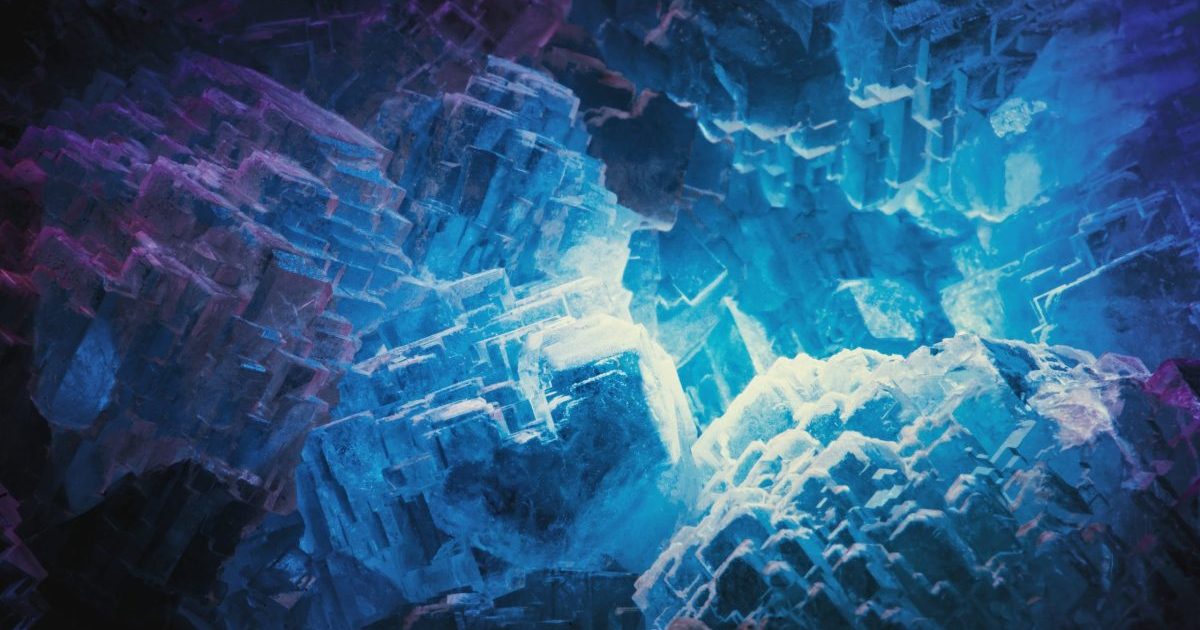
Rare earth minerals are naturally occurring resources that cannot be replaced or manufactured. They were created when extreme heat and pressure conditions pushed atoms together to create elements. The five essential minerals are tantalum, silver, lithium, gallium, and indium. And without them, a lot of the technology we take for granted would collapse.
Cumbre Vieja tsunami
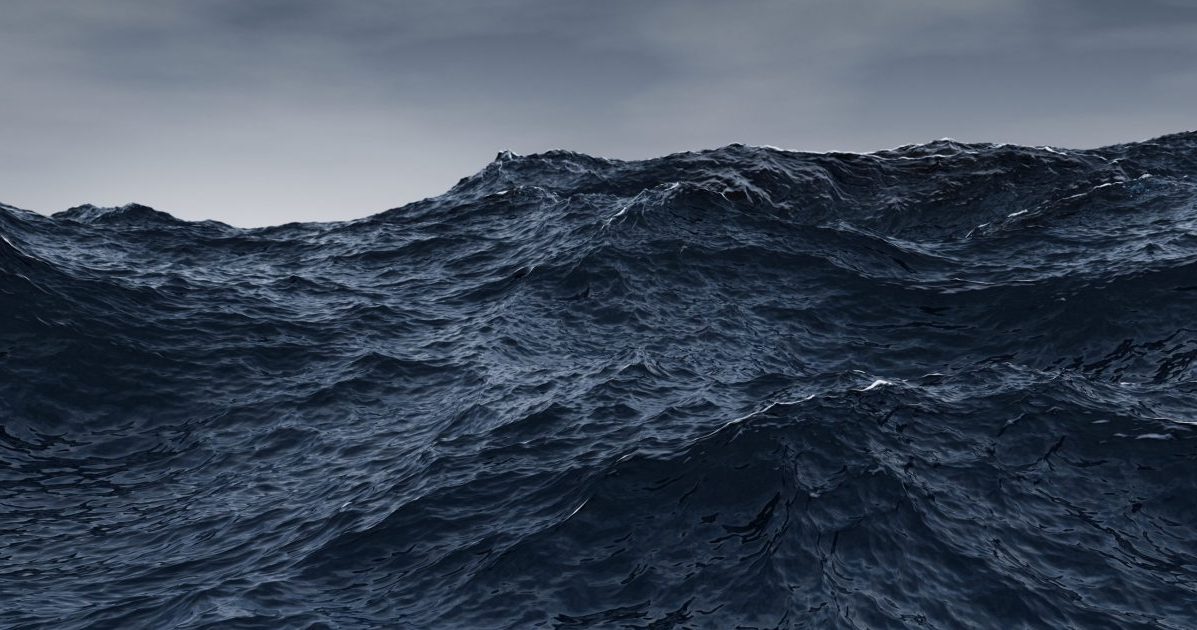
Many believe an eruption on La Palma in the Canary Islands will trigger the Cumbre Vieja Megatsunami. This eruption will split the island in half and send 500 cubic kilometers of rock into the water at 220 miles per hour, creating a 330 feet high megatsunami that ripples across the Atlantic Ocean to smack into Spain, Portugal, France, Great Britain, and the African coast.
Hypercane

A hypercane is a hypothetical tropical cyclone that could form if sea surface temperatures reached approximately 50 °C (122 °F), which is 15 °C (27 °F) warmer than the warmest ocean temperature ever recorded. This jump could be caused by a large asteroid or comet, anthropogenic climate change, or a large submarine flood basalt. However it comes about, it’ll be pretty bad for certain parts of the world that are already susceptible to tropical storms.
Malthusian crisis
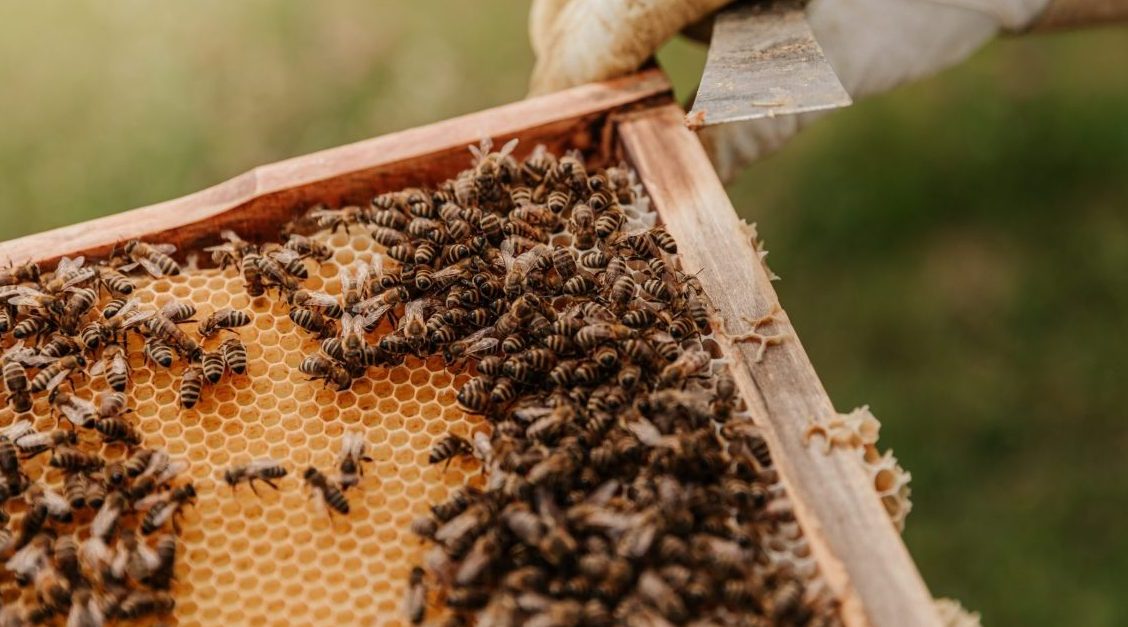
The Malthusian crisis posits that our population will outpace agricultural production. Modern movements such as vertical farming have reduced the risk of this outcome, but the bees are dying. Around 100 trillion honeybees exist, which sounds like a lot, but it really isn’t. Greenpeace says this decline in numbers is down to industrial agriculture among many other things. No bees = no us.
Nicoll Dyson laser beam
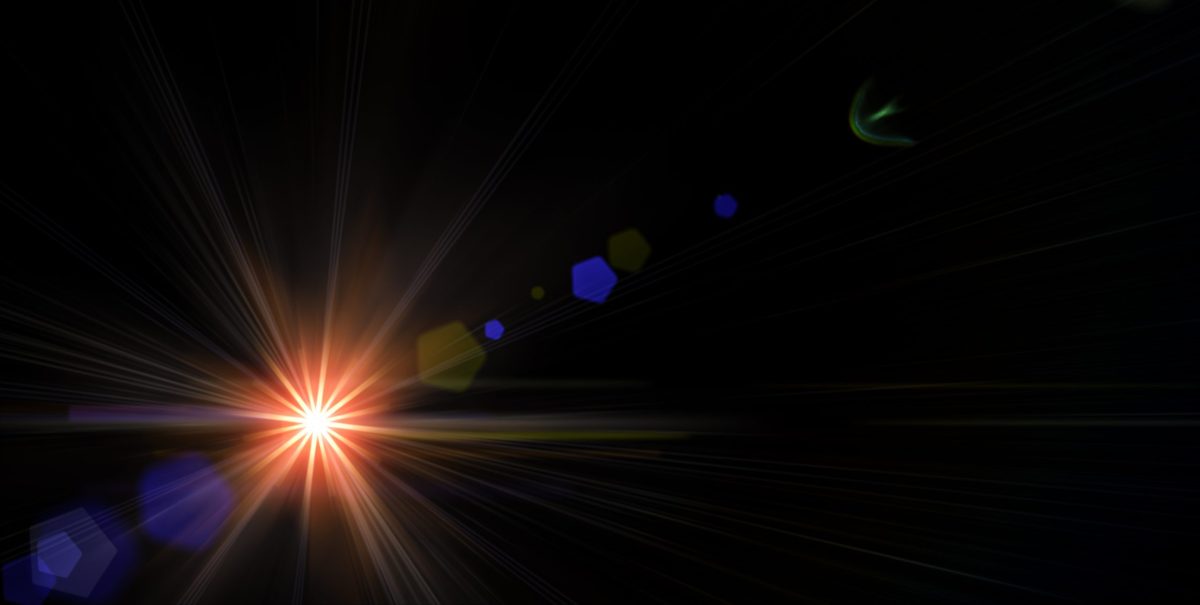
James Nicoll is famous for proposing the Nicoll-Dyson Laser, a weapon where the satellites of a Dyson swarm surrounding a sun act as a phased array laser capable of sending energy to planets millions of light years away. Depending on the intensity of the source sun and the size of the swarm, this could result in the destruction of an entire planet. If it malfunctions, it could destroy our own.
The Big Rip
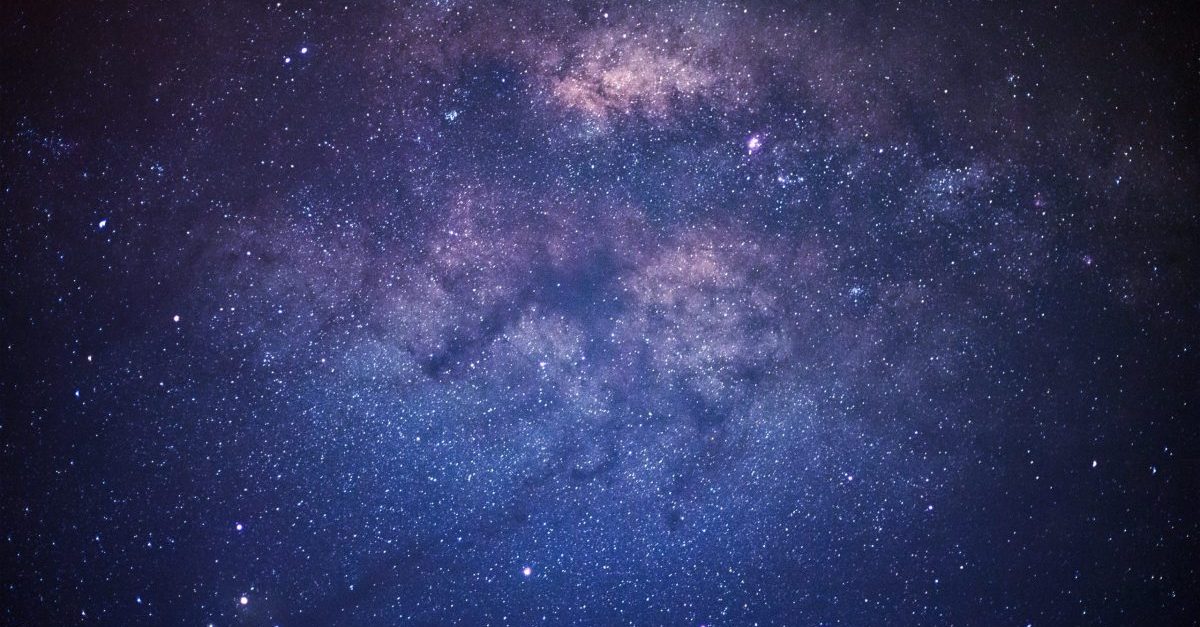
First discussed in 2003, the Big Rip is a cosmological hypothesis that predicts that all universal matter – that’s atoms, subatomic particles, stars, planets galaxies – is being progressively torn apart as the universe is expanded by dark energy. If it continues to expand at this rate, in around 22 billion years from now the force that keeps everything together will fail and the entire universe will dissolve into radiation. Now, look, this isn’t something you should worry about given the deadline. But it’s freaky, isn’t it?
Diatoms

Diatoms are a form of algae famous for their vibrant geometric cell walls. Oh, and the fact they produce up to half the oxygen on the planet each year. If they acted in more or less any other way than they did, it would spell big trouble for humankind. If they lost access to water through climate change they might switch to abundant salt which would in turn produce deadly chlorine gas.
Deadly fungus

If you thought bacterial threats were bad, have you ever taken a glance at the dangers of fungal threats? “We’ve had a new amphibian fungal disease that has just had devastating effects,” says David Wake, curator at the Museum of Vertebrate Zoology at the University of California, Berkeley, warning of the chytrid fungus that is wiping out frogs across the United States. We have antibiotics for bacterial threats, but little to none for fungal ones.
An alien plague

Back in the day, British astronomer Fred Hoyle was convinced that comets were full of viruses that cause flu epidemics when they land on Earth. Although mostly ludicrous, the claims aren’t completely unfounded. Pieces of Mars have landed on Earth after all, and studies have shown that tough microbes could survive extended voyages through space.
Space colony uprising
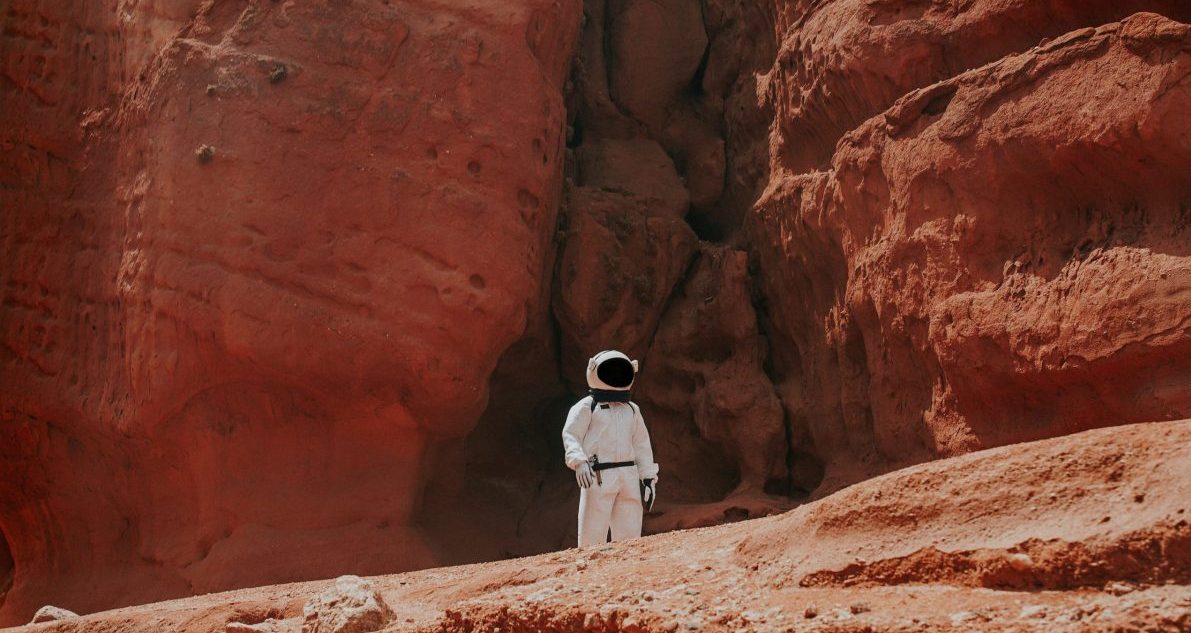
Historically, colonisation has often ended in the colonised saying “Nuts to this” and overthrowing the system. Why we think moving operations to other planets is going to be hunky dory is anyone’s guess. Say the Earth colonises an inhabitable planet and sticks a bunch of people there. Then, said people realise they don’t want to live under the oppressive thumb of Earthlings and launch their own war of independence, maybe firing some space-bound bioweapons our way.
The reversal of the magnetic field
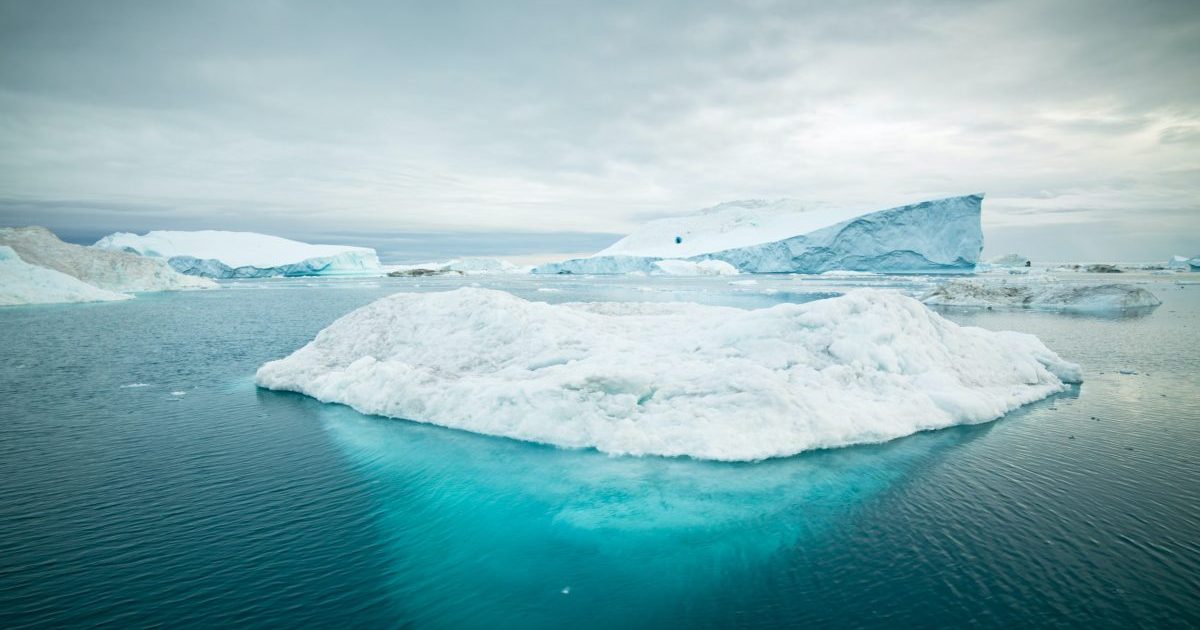
Every few hundred thousand years, the Earth’s magnetic field flitters down to nothing for a century or so before reappearing with the north and south poles flipped. This last happened 780,000 years ago, meaning we’re a little overdue. Why is this a problem? Many animals and creepy crawlies navigate by magnetic reckoning. A reversal of this could cause serious ecological problems.
Death by euphoria

An interesting if niche scenario. In Brave New World, several of the main characters take a recreational drug called soma, which increases happiness and complacency. Sounds good at first, but a deeper probe poses a big problem: what if the entire world’s population got to an advanced point where they were all on uppers and lost the anxieties that make people worry about catastrophes? Fear, whether we like it or not, drives us to do great things.
Geoengineering disaster

Geoengineering, or controlling the weather, has good intentions, but like a lot of advancements, it could go pear-shaped at the slightest hiccup. Geoengineering hopes to pump light-reflecting sulfur compounds into space to cool the climate. This could end in dimming the whole world if done sloppily, potentially triggering an ice age.
A clump of dark matter
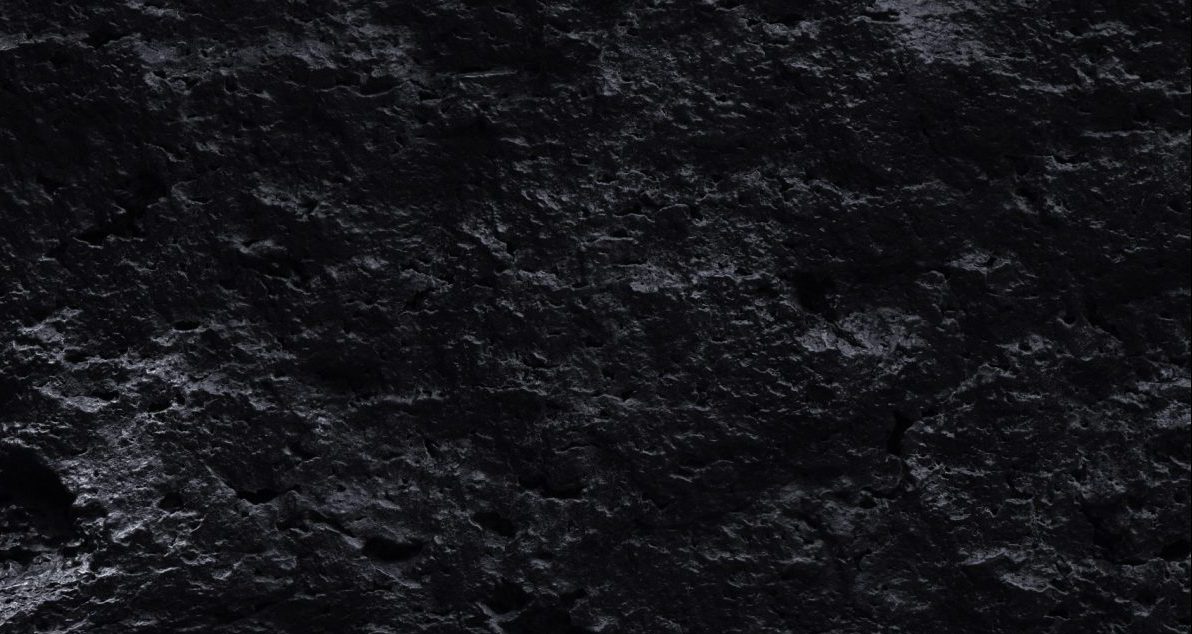
A clump of the invisible but heavy space stuff known as dark matter could shake loose comets from the outer solar system and send them shooting into the Earth if it passed our sun. Afsar Abbas, a physicist in India, suggested that the subsequent radiation would not only cause a wave of mutations but also heat up the Earth and trigger the eruption of huge volcanoes.
Artificial intelligence takeover

Artificial intelligence is developing fast. Scientists have estimated that there is a 50% chance of AI being able to perform, if not outperform, human tasks by 2050, with a further 5% chance of AI surpassing human intelligence a few years after. Our main fear is that AI will break free from human shackles and rise against us, but it seems the bigger fear should be that it will become too obedient, causing havoc and chaos by taking every request too literally.
Super volcanic eruption
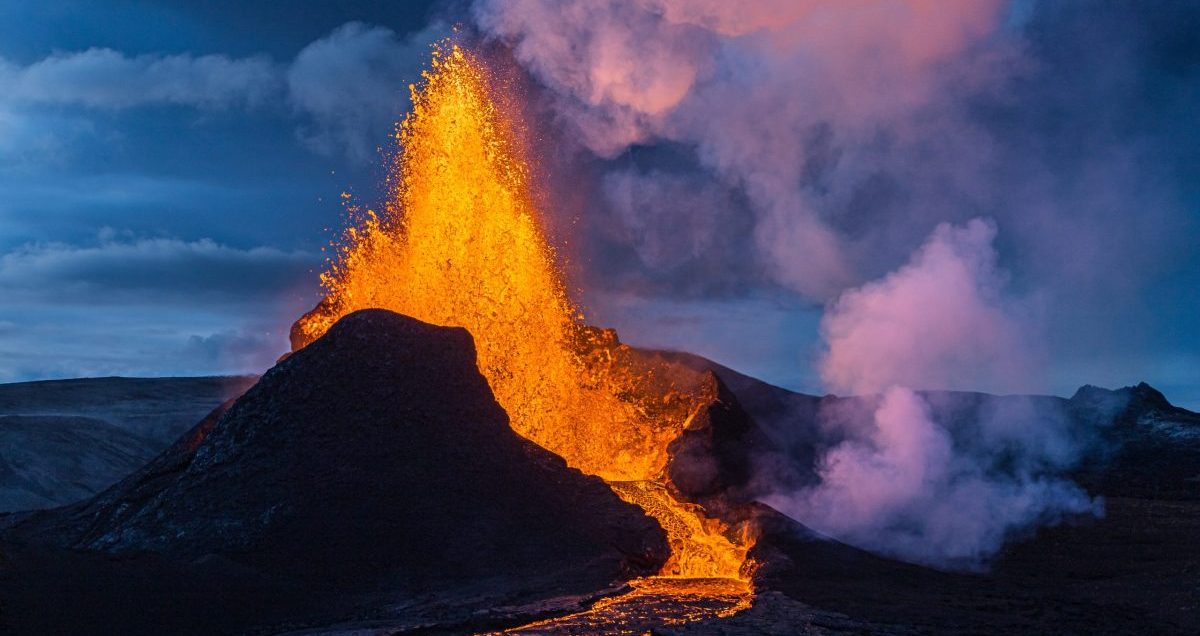
74,000 years ago, a super volcanic explosion shot so much debris into the atmosphere that it is believed to have cooled the Earth by several degrees Celsius, in turn causing great extinction among animals and plants. Super volcanic eruptions happen every 17,000 years, meaning we’re long overdue a big one. The last occurred 26,500 years ago, in New Zealand. Scientists are monitoring different areas, but super volcanic eruptions cannot be anticipated more than a few weeks in advance.
Nuclear war

It isn’t just the initial blinding light and instant evaporation you have to worry about in the event of a nuclear strike. In fact, those who die instantly in such a scenario are the lucky ones. The nuclear winter, where clouds of dust and smoke block out the sun in the fallout, is the real thing to fear. If 4,000 nuclear weapons were fired between Russia and the United States, millions would die and temperatures would plummet 8 degrees, making it impossible for the remaining humans to grow any food. Sheer chaos, in short.
Climate change disaster
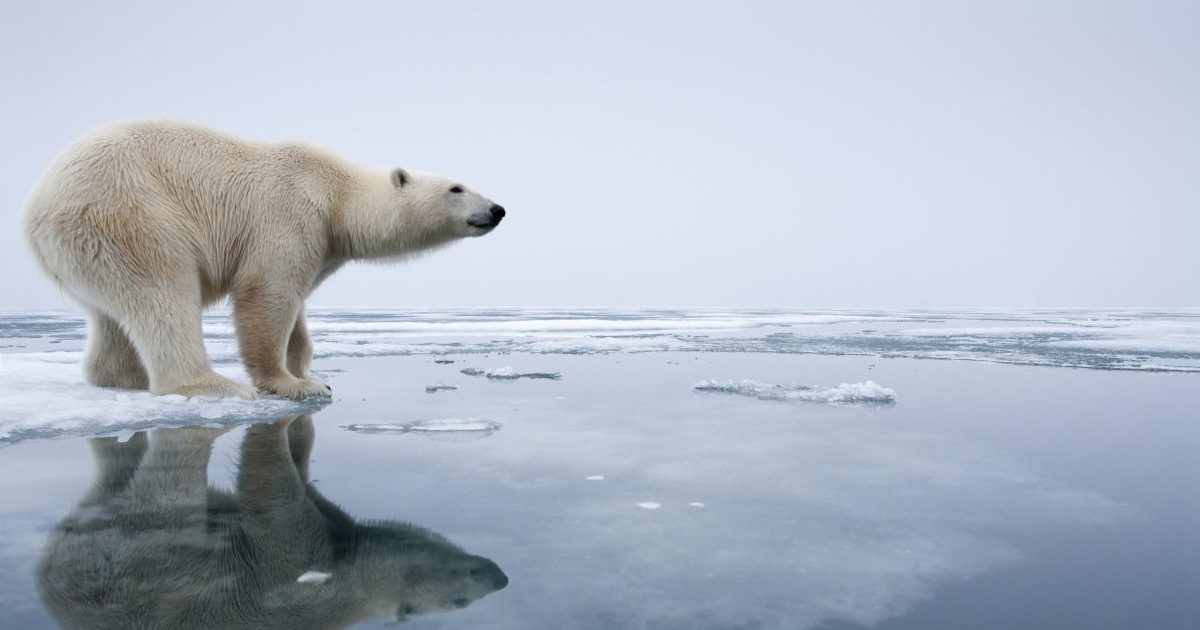
We have until 2030 to reverse the effects of global warming, according to a United Nations panel of scientists. We can already see the ills of climate change across the world, from melted glaciers to Californian wildfires. On a good day, a post-2030 climate would see the loss of global agricultural land and freshwater sources. Cities like New York would end up underwater. On a bad day, it’d be lights out.
Black holes
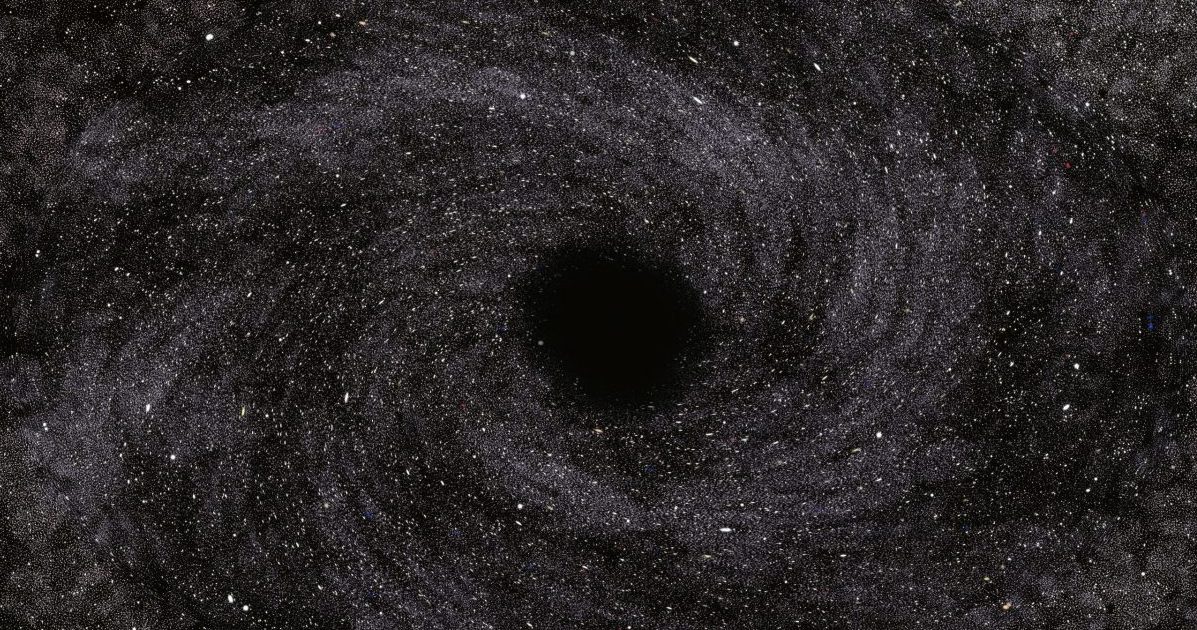
The lurking vibe killer of the cosmos, black holes are never in the news for good reasons. Scientists believe there are ‘recoiled’ versions out there wandering through space like rogue planets, just waiting to suck us up into nothingness. If light can’t escape the pull of a black hole, our pale blue dot won’t stand a cat’s chance in Hell.
A direct asteroid hit
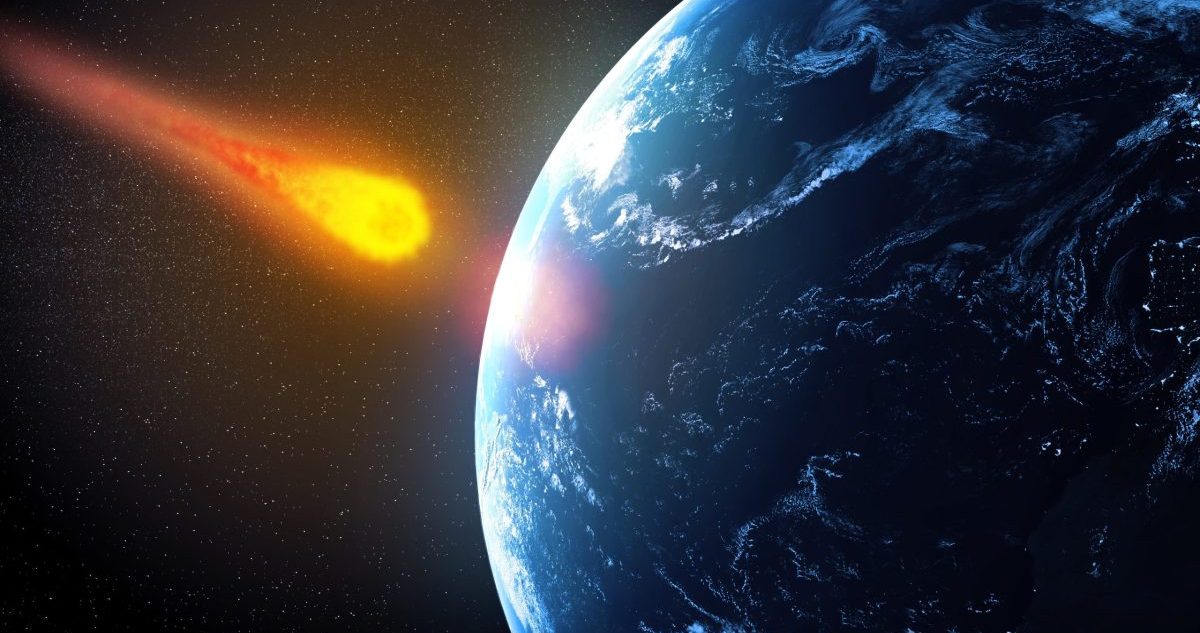
On average, an asteroid big enough to cause huge damage to Earth hits every 120,000 years. Unlike a lot of would-be-Earth-destroyers, the science on asteroids is solid. In 2011, NASA revealed it had mapped over 90% of objects in space larger than 1 kilometre in diameter and came to the conclusion that none were likely to hit Earth. But there is a lot less known about the smaller objects, which could cause huge social and economic disruptions that could lead to chaos, war, and the collapse of civilisation.
Gamma ray burst
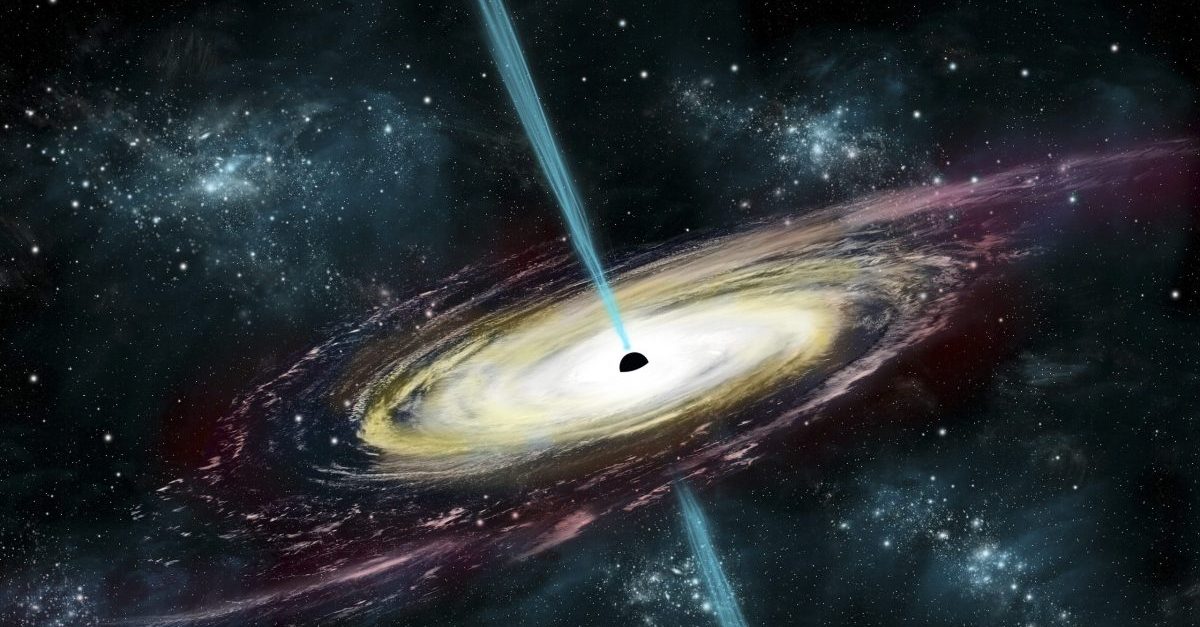
A gamma-ray burst is one of the most powerful phenomena in our known universe. The result of massive stars collapsing when they die, just one short blast can emit more energy than our sun will over the span of its entire lifetime. That kind of energy has the potential to destroy the ozone layer and flood the earth. It’s believed that a gamma-ray burst might have caused the first mass extinction on earth 440 million years ago.
Chemical warfare
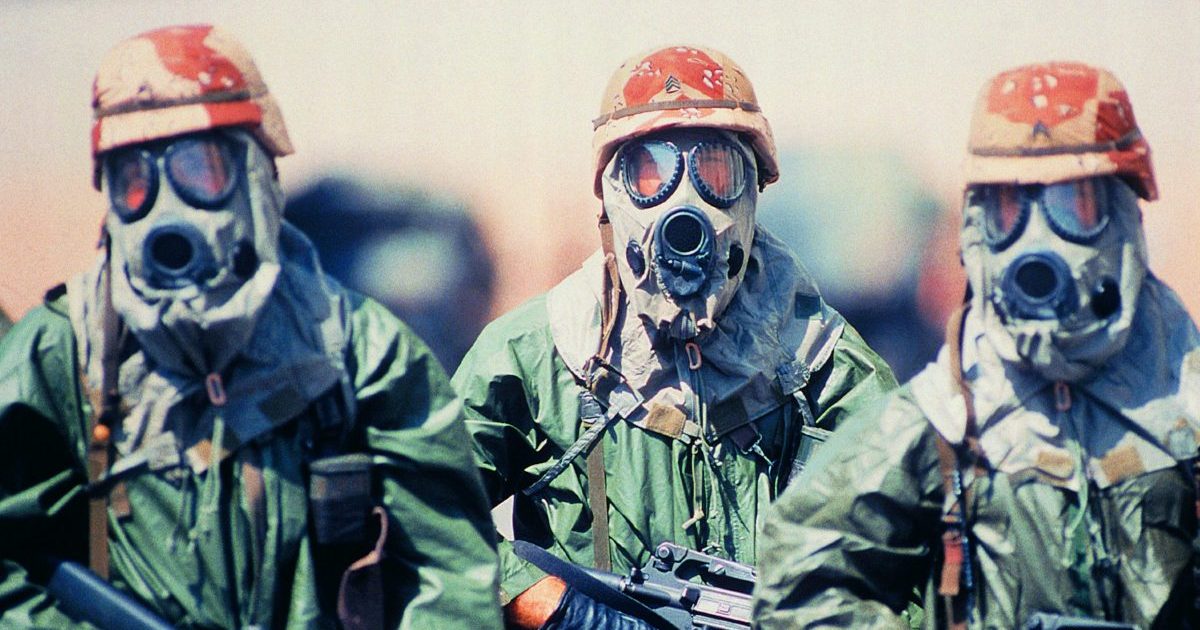
The terrifying thing about biological and chemical weapons is that they can be made at pretty low costs and with easily attainable materials (compared to the weapons of yore such as the atomic bomb, anyway). The Syrian government has recently in its civil war developed a reputation for using chemical weapons. When these toxic chemicals are released into the air or into a water supply, they can cause untold pain and suffering.
A solar shutdown

Scientists worried in the 1970s that the sun’s brightness could drop by 40% after it seemed like it wasn’t emitting the expected number of neutrinos. Evidence for this never showed up, but the prospect remains possible. That kind of dip would put the Earth into a deep freeze. Humans, it goes without saying, would go extinct in such a world.
Solar flare
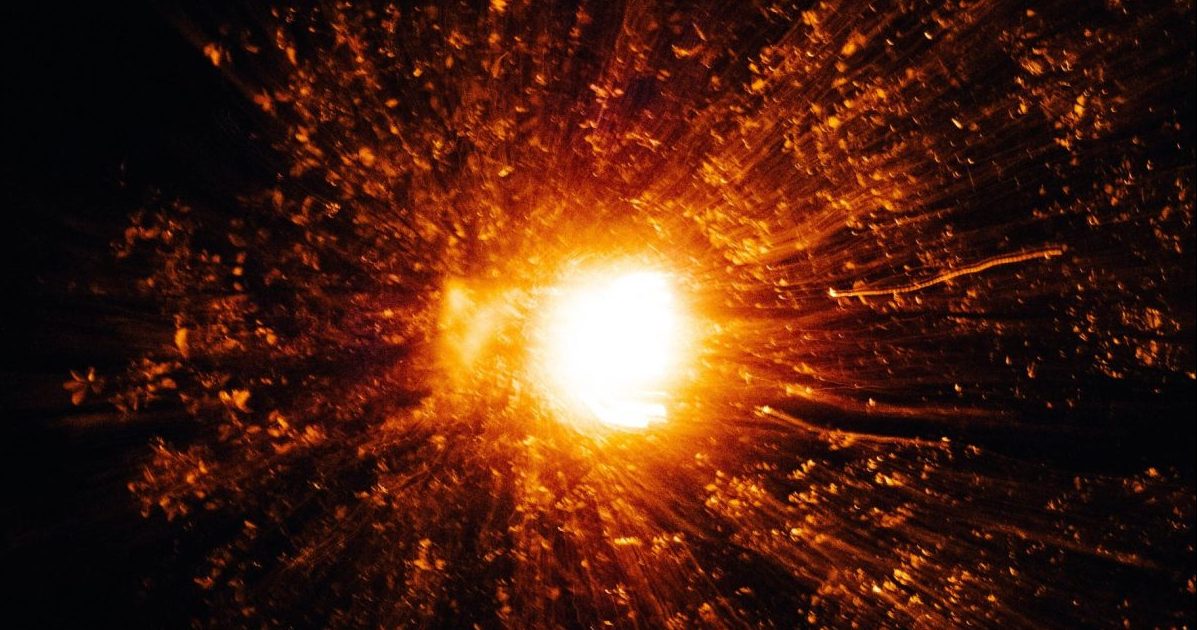
On the list of “really quite troubling cosmic events that are long overdue” is the solar flare. For the last 150 years, the big ones have missed the Earth, but it’s only a matter of time before one does. Just one big magnetic solar flare from the sun at the precise wrong time could disable electric grids all around our planet, causing utter chaos and disarray.
The sun turns on the plants

In about 600 million years, the sun will have become bright enough to disrupt the carbonate-silicate cycle on Earth. This will create plants incapable of photosynthesis, in turn ridding us of the oxygen we need to breathe. Animals and most ecosystems will go extinct. Everything will be redundant and terrible!
The Earth stops spinning
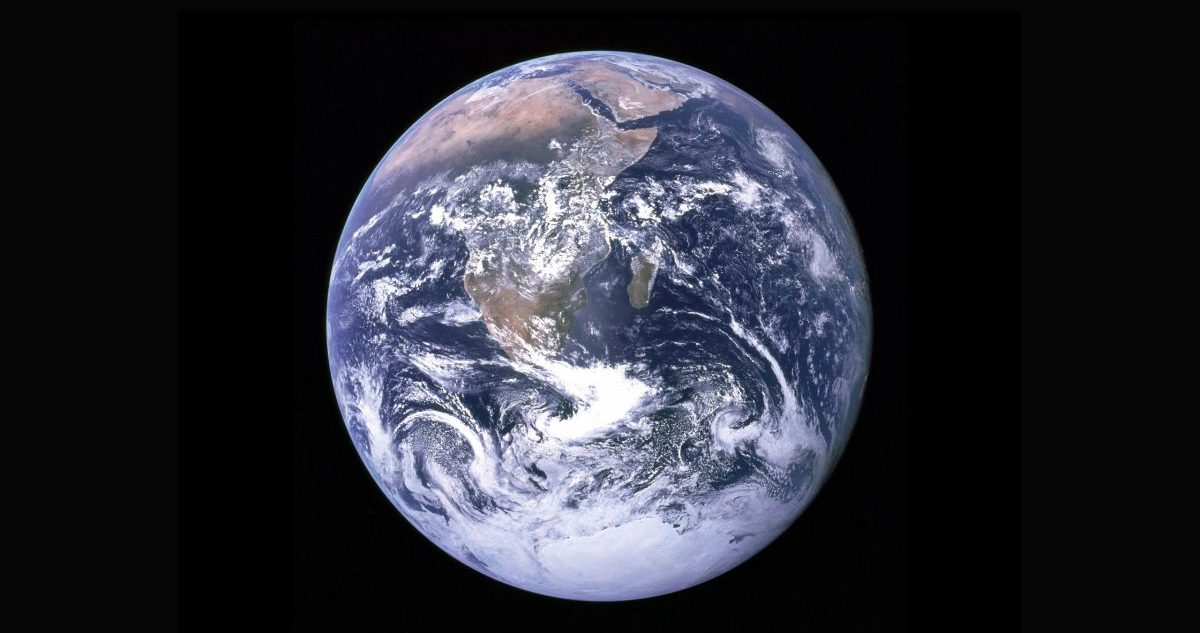
OK, this is likely never going to happen, as we’re too far away from the Sun to ever get tidally locked to it – but in science, you can never rule anything out. Our planet’s rotation is slowing each year with comfort (a day gets around 1.7 milliseconds longer every century) but if it suddenly stopped spinning, everything and everyone would go flying eastwards. It’d be a fun way to go, but we’d be gone all the same.
Malfunctioning particle accelerator
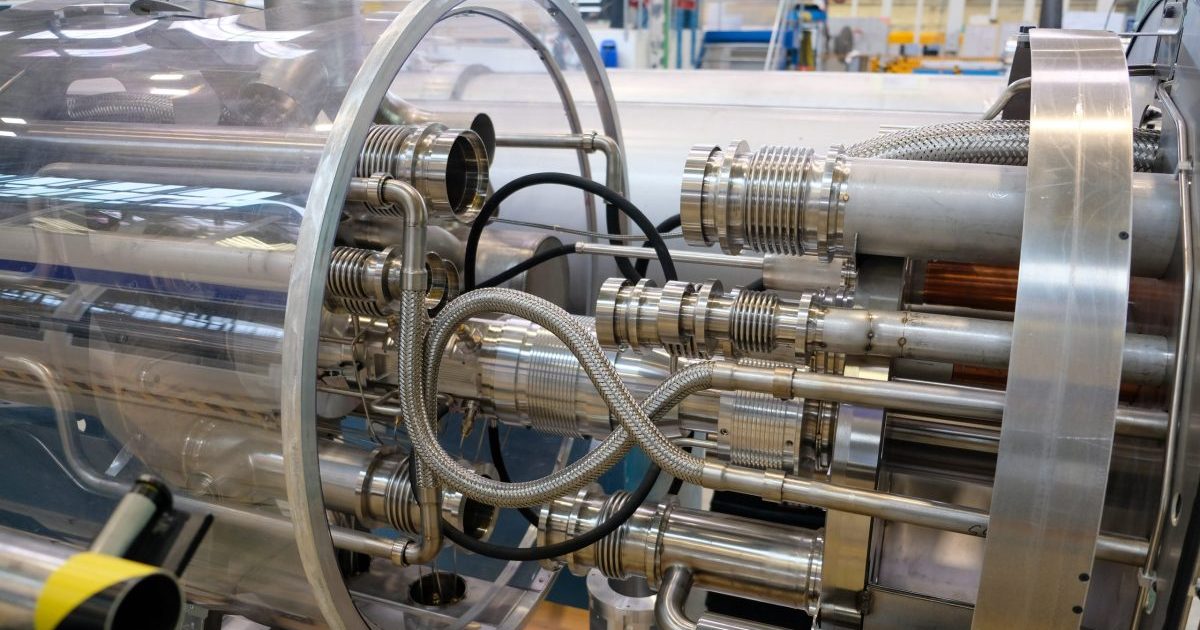
Plenty of sensible physicists are weary of a particle accelerator experiment gone wrong. This may sound silly but at one point there were real fears that the Relativistic Heavy Ion Collider (RHIC) in Long Island, New York might create a subatomic black hole that would slowly but surely eat up our planet.
Someone turns the computer simulation off

Admittedly a wild concept, there are actually thousands of people who are convinced that the world and all life as we know it is actually a simulation. If that were true, the being at the helm of this simulation could quite easily switch it off, either by accident or on purpose, with the same nonchalance we switch off a video game.
Extreme pollution

Pollution is at such a dire stage now that is quickly destroying vital marine microorganisms that are needed for life to continue on Earth. The bad news is, it is only expected to get worse over the next century. The more respiratory diseases humans have to deal with, the less our chances of long-term survival.
Alien invasion

If an alien species discovers Earth and sees us as a threat, they will likely exterminate us. If they have the technology for interstellar travel, they will have the technology to blow us to pieces in the blink of an eye. Our best hope is that they’ve already discovered us, noticed what a shambles we are, and decided to spare us extinction.
The sea

Rising sea levels are a worry for humankind, but this isn’t the only threat posed by the oceans. When methane clathrates break from the continental shelves, they produce a methane eruption called a clathrate gun. This gun shoots vast amounts of the greenhouse gas methane into the atmosphere. Enough of this would hinder the prosperity of our species.
Expanding sun
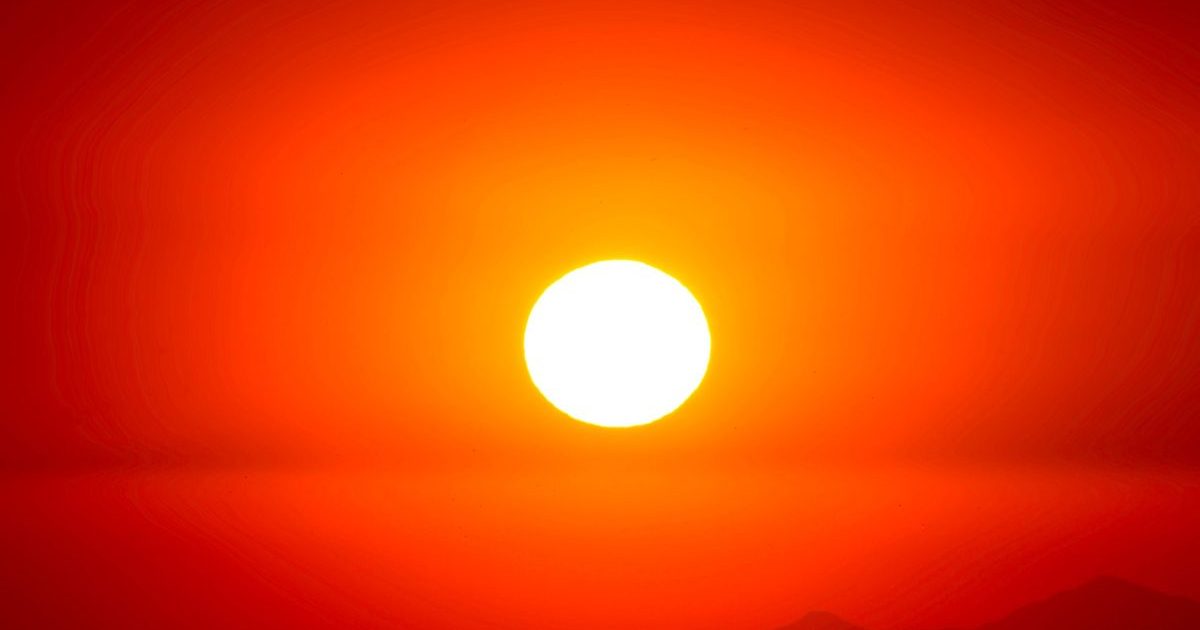
We know that the sun will die in 7.72 billion years. It will become a “white dwarf” after throwing off its outer atmosphere. Hapily, we won’t be around as humans to experience this as the sun will have already created an extremely strong solar wind that in 7.59 billion years will melt away our planet forever. Cheery thought!
Supernovas
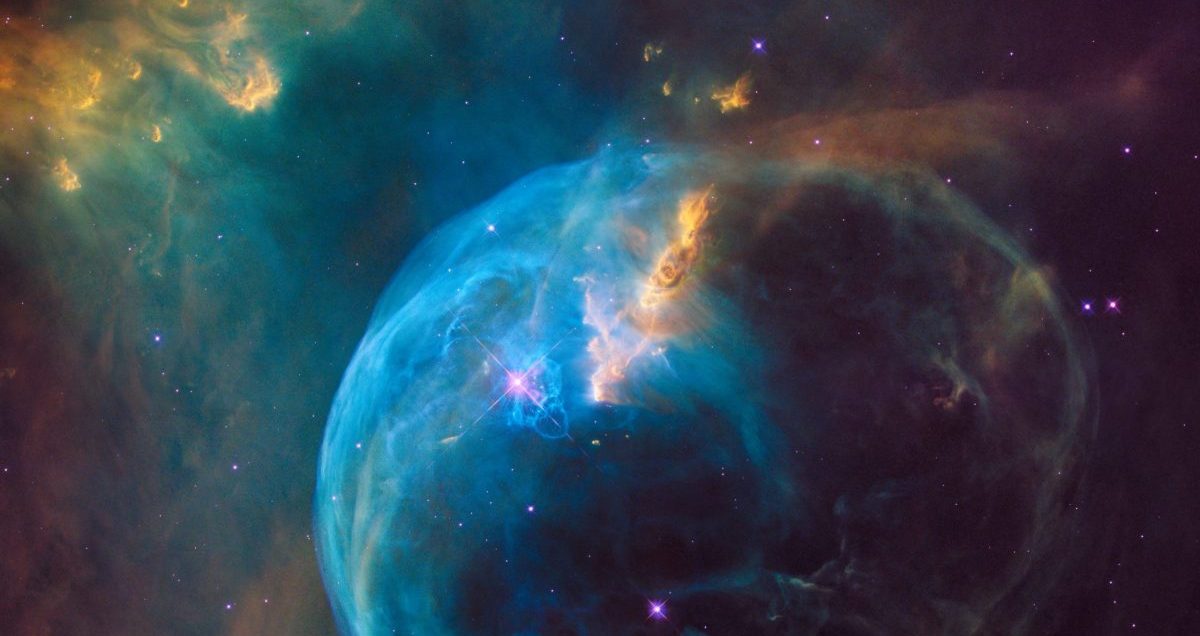
Supernova explosions happen on average once or twice every 100 years in the Milky Way and are caused by stars reaching the end of their lives. The star Betelgeuse, a red supergiant approaching its end, is a mere 460–650 light years away. Don’t worry too much though, as astronomers have estimated that a supernova would need to be within at least 50 light years of us for its radiation to affect our ozone layer.
Moving stars
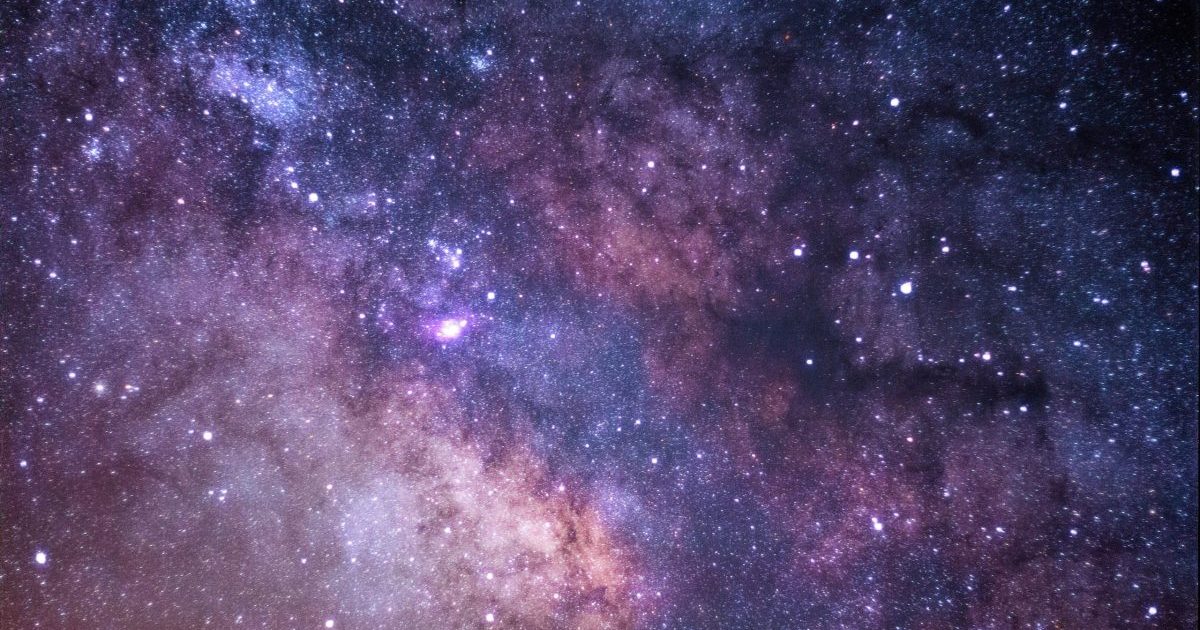
A wandering star travelling through the Milky Way might come so close to our sun that it would mingle with the Oort cloud at the edge of our solar system, which is the source of our comets. This could lead to a huge comet hurtling to Earth, which would cause havoc whether we survived it or not.
Nanotechnology mishap
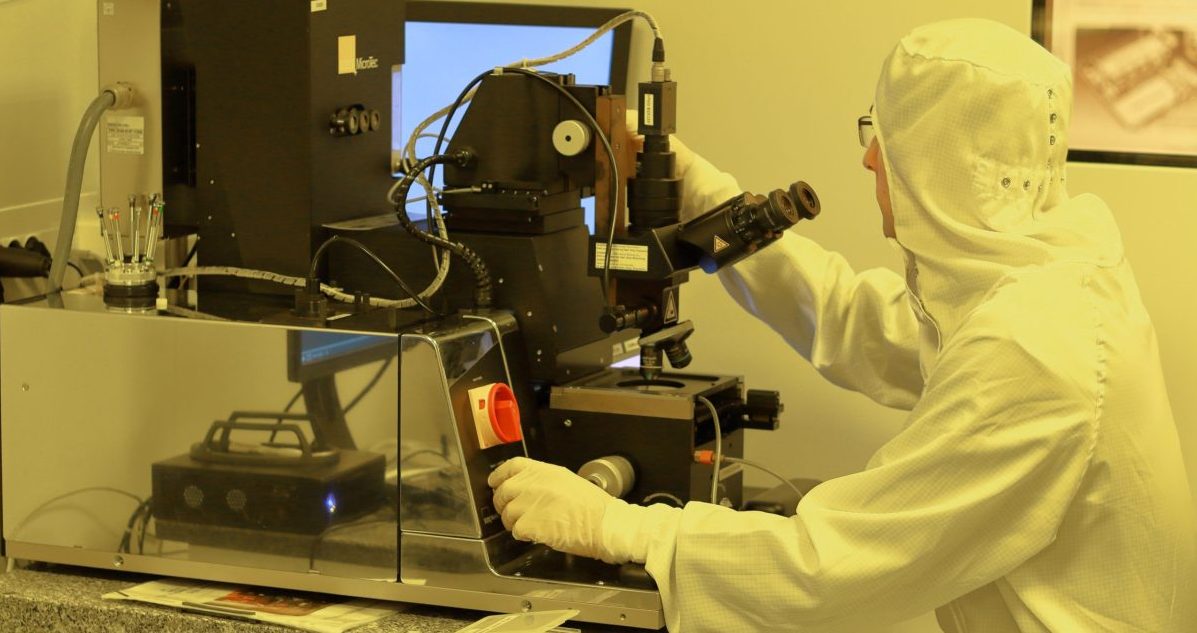
Nanotechnology is “the manipulation of matter on a near-atomic scale to produce new structures, materials, and devices.” Basically, they’re microscopic robots that can replicate and perform wonders. They could, for example, conduct surgery from inside a patient. Sounds good, doesn’t it? Now consider engineer K. Eric Drexler’s hypothetical scenario in which bacteria-sized robots “could spread like blowing pollen, replicate swiftly, and reduce the biosphere to dust in a matter of days.” That’s bad!
Zombie outbreak

Don’t laugh. This could actually happen. There are parasites out there, like the Toxoplasma gondii, that are known to alter the brain activity of infected rats. Infected humans have also shown behavioral changes such as slower reaction times and reckless decision-making. A zombie apocalypse is far off but it cannot be ruled out.
Rogue planet impact
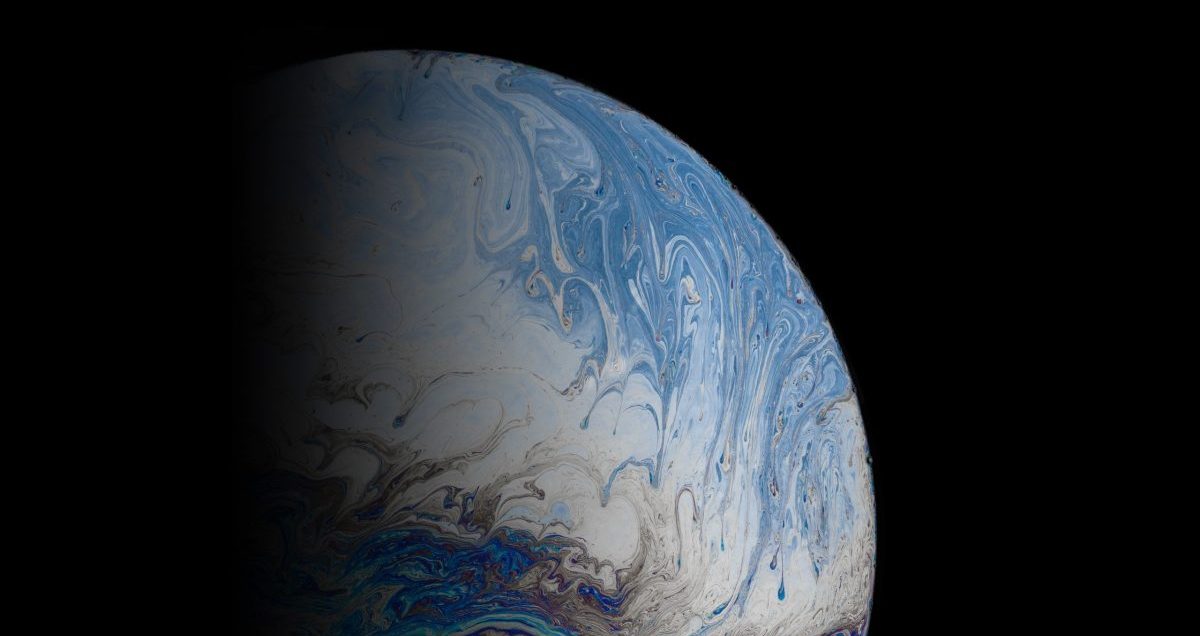
It’s not just asteroids and comets we have to worry about flying into us out of nowhere, it’s rogue planets too. Although this is a much less feasible apocalyptic scenario, we cannot rule it out given the 99.9% we don’t know about the universe. By the time it becomes a possibility, it’ll be too late.
Overpopulation

Stanford University biology professor Paul Ehrlich predicted in his 1968 book The Population Bomb that hundreds of millions of people would starve to death in the 1970s. Thankfully, this didn’t come true, but the issue of overpopulation persists. The late Stephen Hawking also had concerns about the growing number of humans on Earth, telling a crowd in Norway back in June 2017 that our only hope for survival is to colonise other planets.
The ocean becomes acidic

Rising levels of carbon dioxide have led to extinctions in the past and they will lead to them today if we’re not careful. Scientists on the case believe elevated CO₂ levels will damage coral reefs which could in turn remove the habitat of about 25% of marine life. It could also make coastal cities vulnerable to storms and waves.
The Jupiter Effect
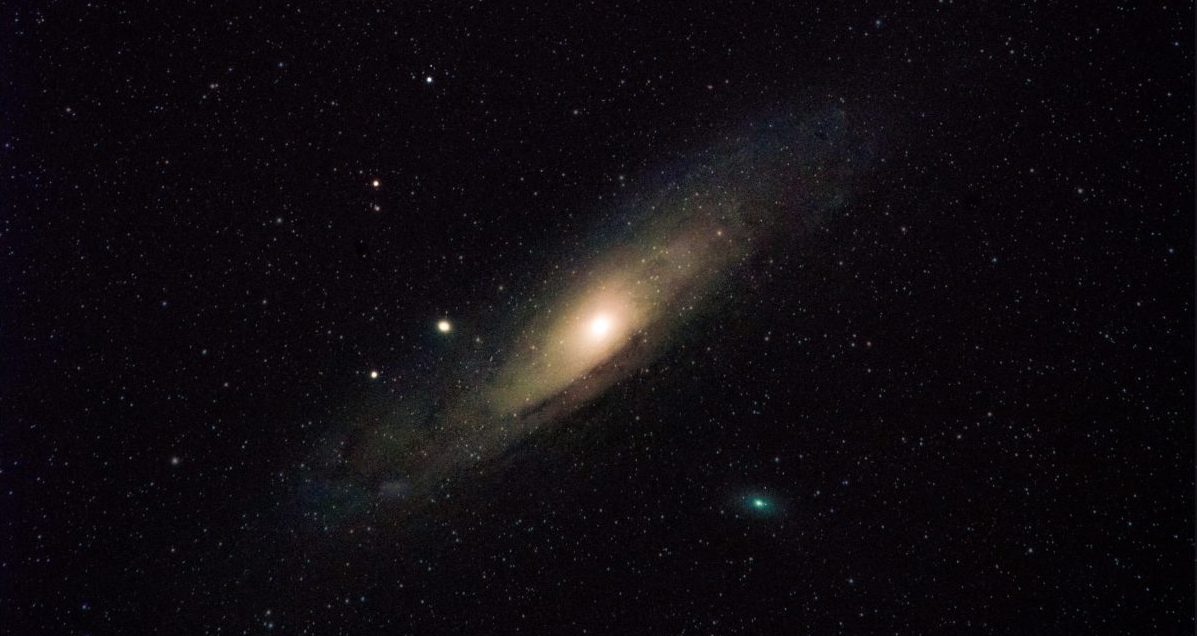
In 1974, The Jupiter Effect was posited by John Gribbin and Stephen Plagemann in their book of the same name, which claimed that the end of the world would come from the alignment of solar system planets. They believed the alignment would cause several catastrophes such as a giant earthquake on the San Andreas fault in March 1982. Their prediction wasn’t sound in the end. Maybe there were off by 41 years?
Cybergeddon

Cybergeddon is the hypothetical sabotage of all computerised networks that would lead to a global internet disruption and economic collapse. This should worry you more than it might. It’s not as if we’d be able to fall back on traditional text messaging and cell phone service in the event of a shutdown. They too are now a part of the internet infrastructure. Companies that rely on the web, your Amazons and your Googles, would be obsolete overnight. And the subsequent effect on the economy would be wild.
Heat death
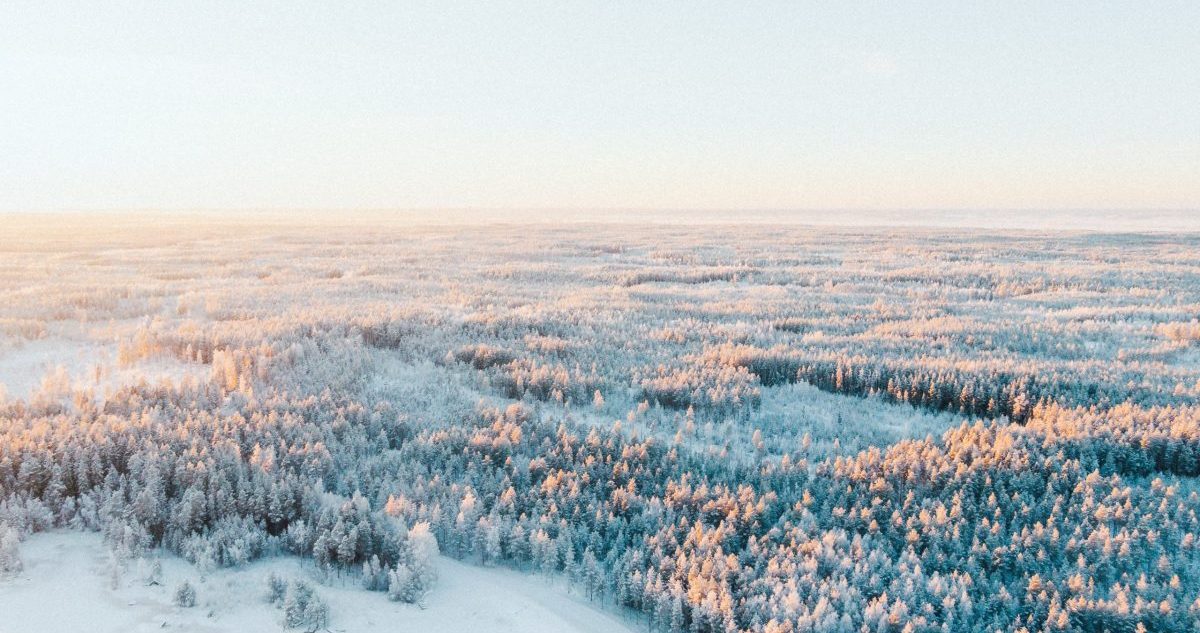
Sometimes known as the Big Chill or Big Freeze, heat death is a hypothesis that suggests the universe will evolve to a state of no thermodynamic free energy and therefore be unable to sustain processes that increase entropy. This won’t just signal the end for Earth, but for anything that processes energy throughout the universe, too.
Voluntary human extinction

Having kids, in some parts of the world, is fallen out of fashion. More and more would-be parents are opting against bringing children into a society that is not just over-populated but likely doomed to undo itself within the next twenty years. In 1991, the Voluntary Human Extinction Movement was formed, beseeching the world’s populace to cease reproducing and bring about the gradual extinction of humankind.
Starvation

Famine and malnourishment remain an ever-present danger to society and not just in the underdeveloped parts of the world we’ve known about for decades. Maybe only when it begins to compromise the likes of the “first world” that it will be taken a little more seriously. Here in 2023, the scale of the current global hunger and malnutrition crisis is huge, with an expected 345.2 million people projected to be food insecure. That’s double the number in 2020.
Coronal mass ejection
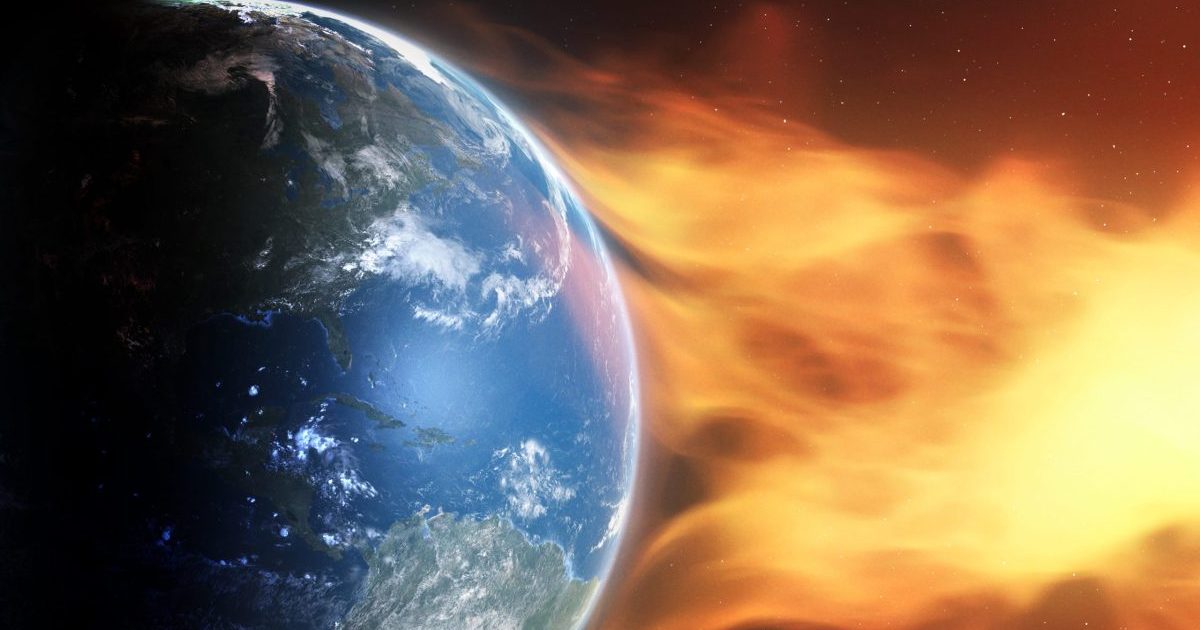
Modern telescopes reveal that massive explosions of hot plasma are erupting from the surface of the sun, some of which are crashing back to the surface like magma. Others are shot across the cosmos. These coronal mass ejections have the potential to cause serious harm if shot at Earth. In 1859, a CME struck Earth, causing aurora and geomagnetic storms.
Antibiotic resistance

Antibiotic resistance is a scary old prospect and sadly enough, much more realistic than maybe anything else on this list. Around 700,000 people a year die from drug-resistant infections. This figure is growing at an alarming rate and could reach 10 million by 2050, making it one of the greatest dangers humanity has ever faced.
Galactic collision
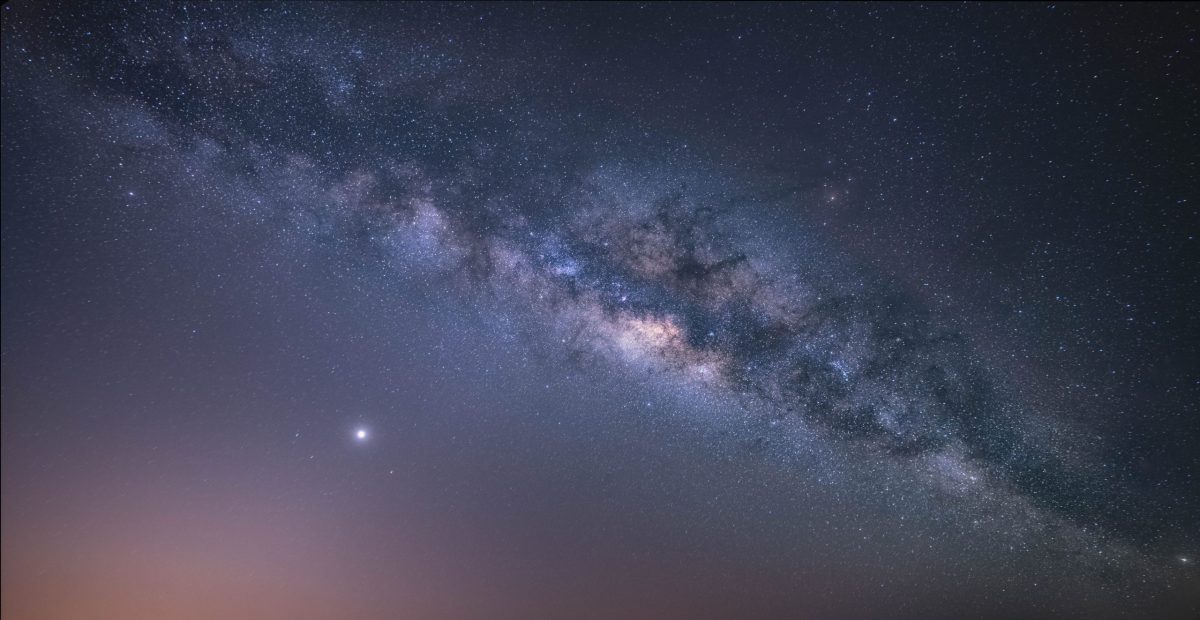
You’ve heard all about planetary collision but what about galactic? Strangely enough, the idea of two galaxies colliding is not that far-fetched, though it is unlikely anytime soon. In four billion years, the Milky Way will smash into the Andromeda galaxy, throwing the Earth off of its habitable Goldilocks Zone, and subsequently ending humanity, if we’re even still there by that point.
The snowball effect

The snowball effect, or numerous environmental catastrophes happening simultaneously or in rapid succession, is a fairly realistic fear scientists have as the planet continues to be used and abused. Our problems and anxieties will eventually become a tube of Pringles. Once we pop, we won’t be able to stop.
Black swan event
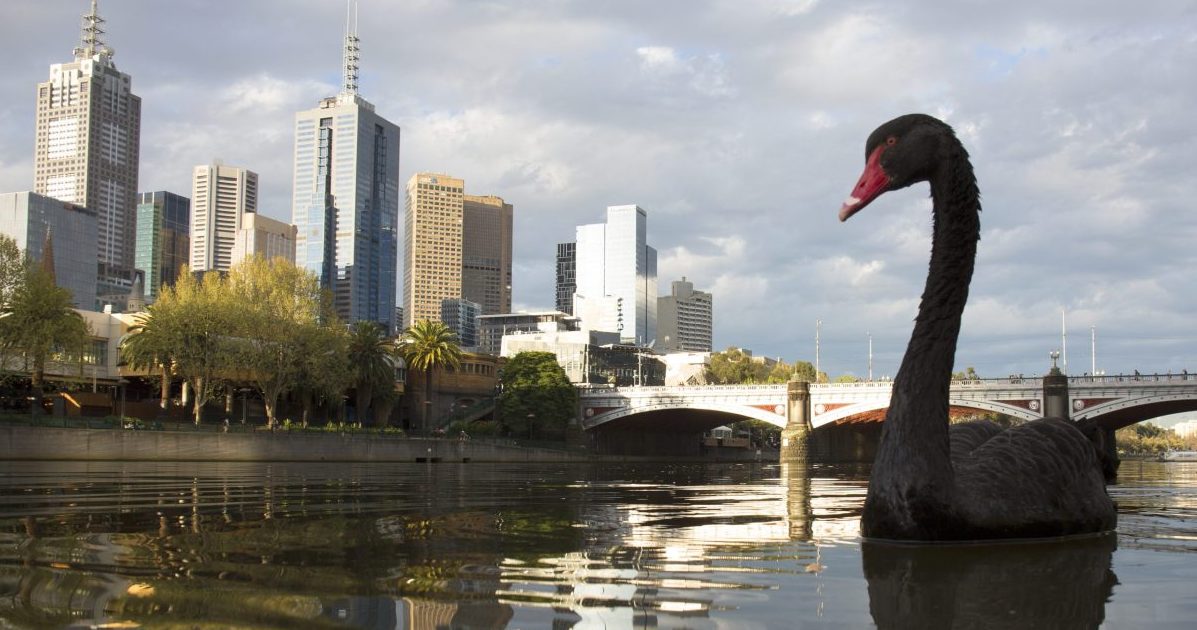
A black swan is a sudden, improbable development that changes everything. This could include the end of the world. Humans could, for instance, create death machines that kill millions, with survivors only realising in hindsight the danger of what it was they actually created.
Large igneous provinces
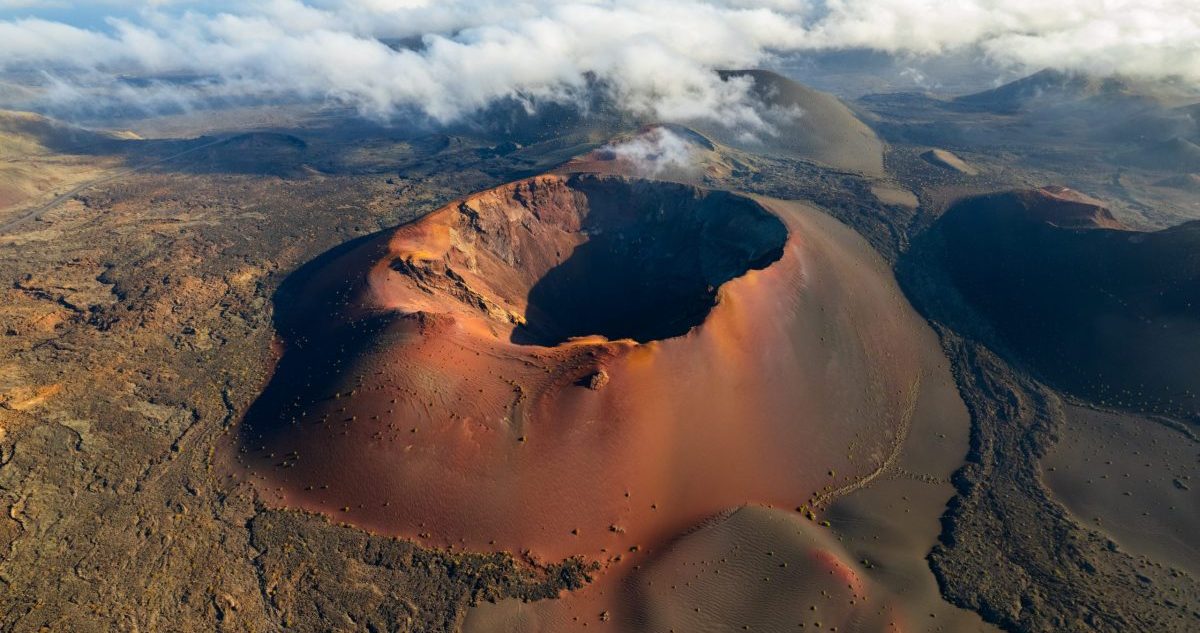
A large igneous province is a volcano that doesn’t explode. Instead, a massive crack opens in the Earth’s crust, usually between tectonic plates, and lava begins to ooze out across the landscape, releasing untold amounts of toxic gasses and ash. An igneous province, unlike a regular volcano, can keep oozing out lava for centuries.
Bolide impact
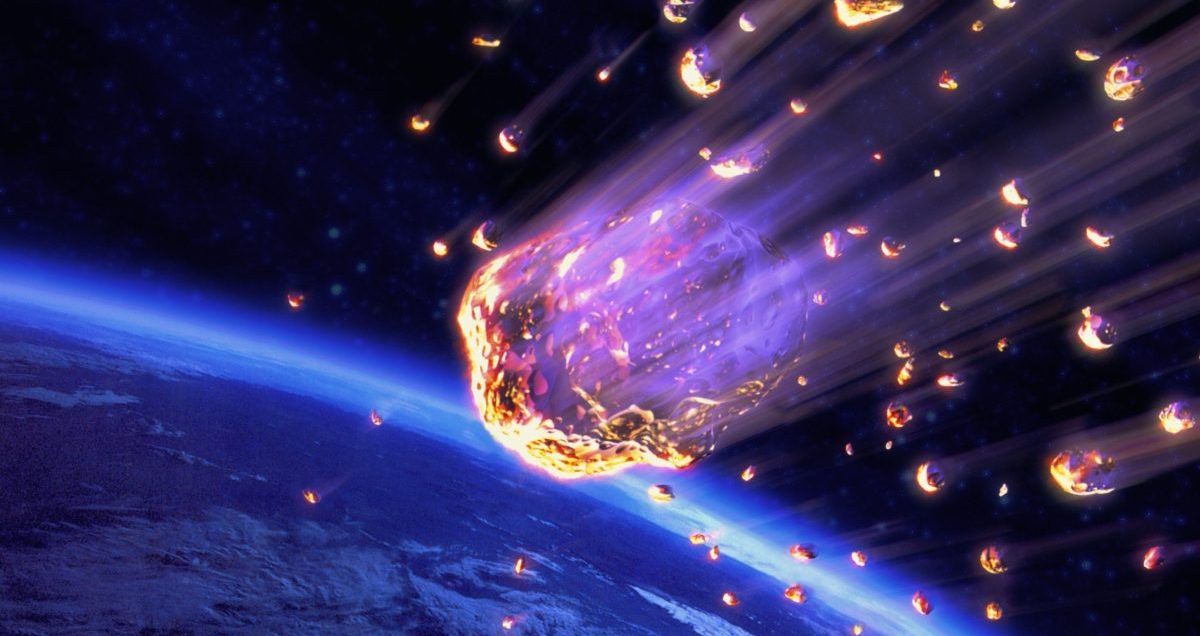
A bolide is a huge chunk of matter from space, normally ablaze, that can create a large crater when it smashes into a surface. In our case, planet Earth. There are millions of budding bolides out there, with many soaring past Earth regularly. The terrifying thing is we may not see them coming.
Religious end of days

When we talk about the apocalypse it’s easy to brush off its presence in many religions. But there are millions of strictly religious types across the planet, many of whom believe in end times. In the more secular modern world, few believe religious warnings of an approaching end of the world scenario – but what if we’re wrong?
Space dust
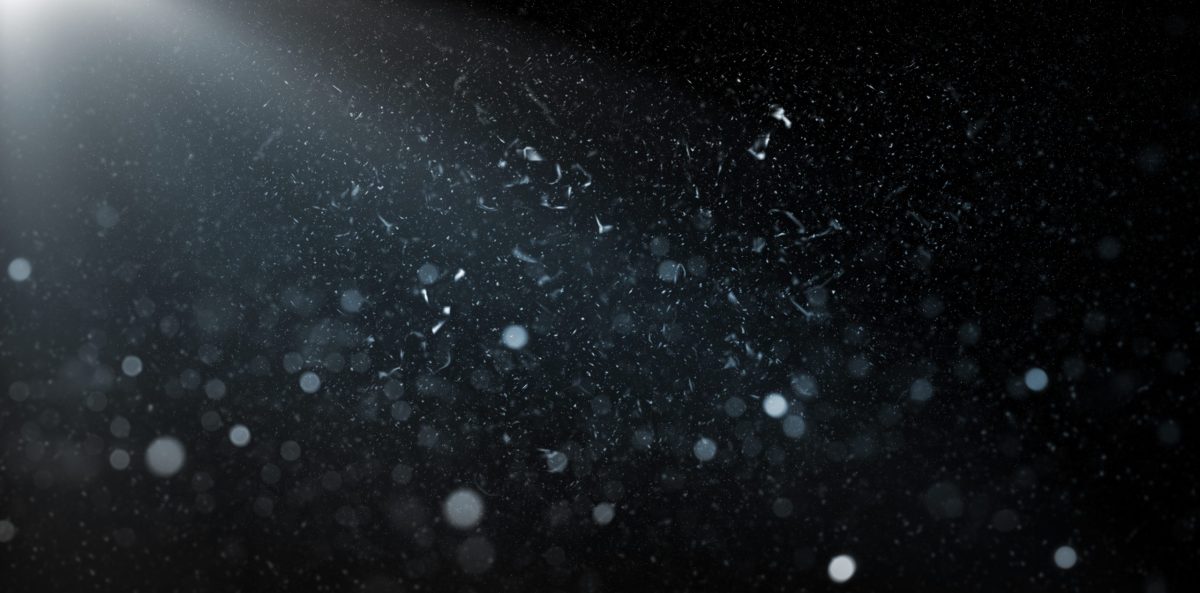
Space dust might sound harmless, if not a little cool, but be wary – it can be highly dangerous, especially in large amounts. Studies show that human neurons and lung cells exposed to simulated lunar dust experienced DNA damage and cell death. Having cells is generally considered a good thing, so a wave of space dust would be catastrophic.
Water wars
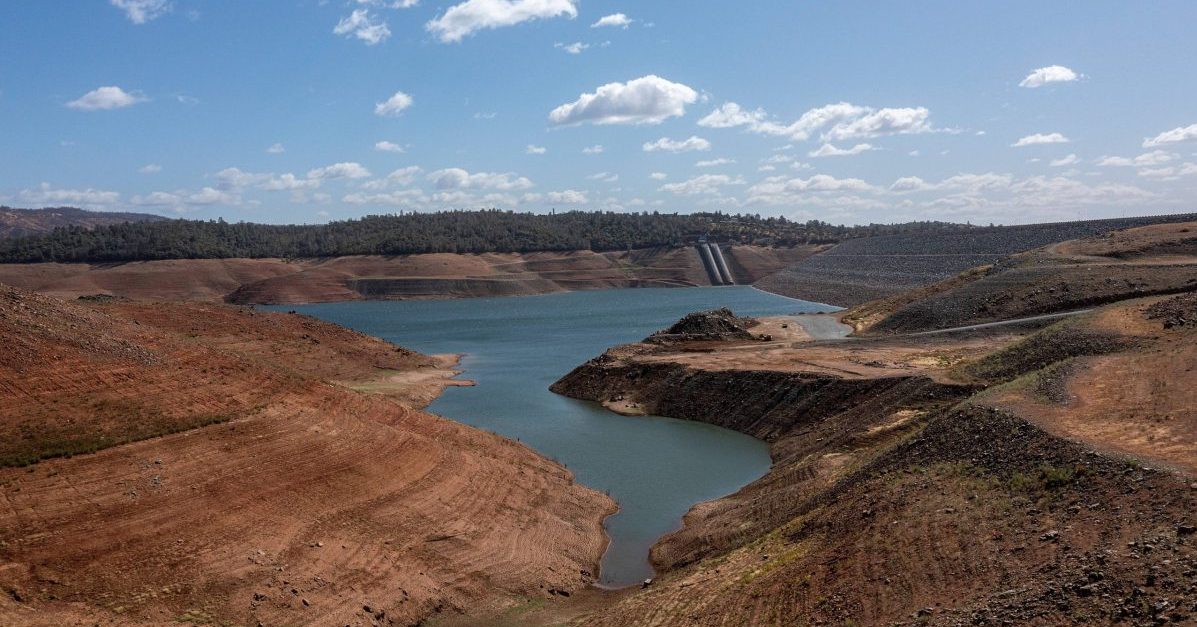
Wars have been fought over resources since the dawn of mankind. Land, oil, and trade routes – they’ve all led to deadly conflicts over the centuries. Today, one of the hottest commodities is water. As climate change rages on, the fight for water is only going to get worse.
Vacuum decay
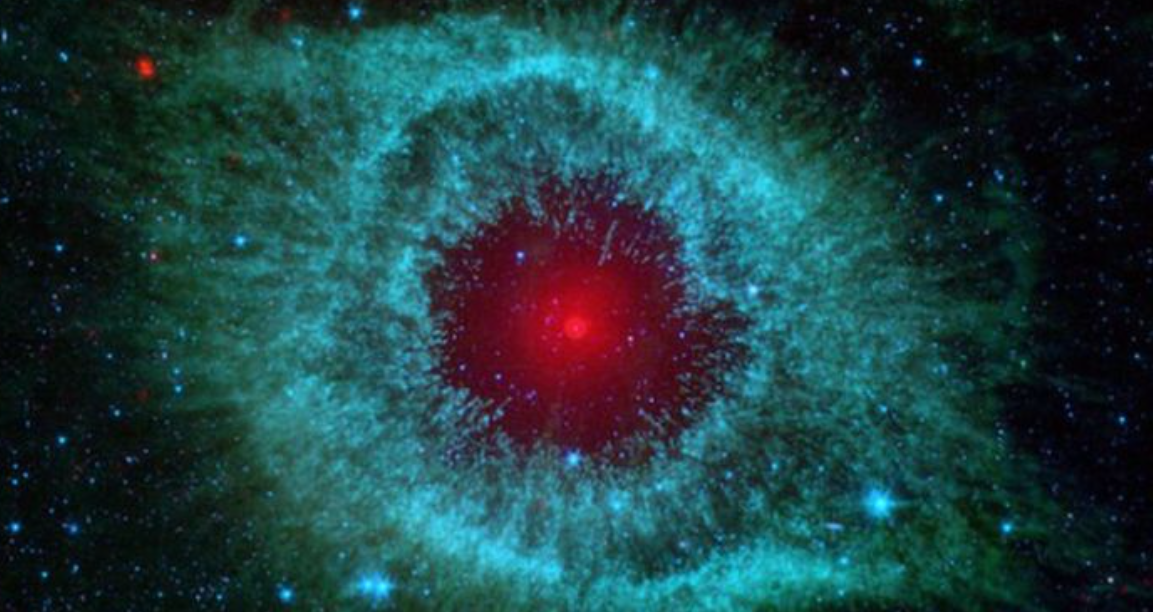
In the event of vacuum decay, everything – everything – would cease to function the way it does this very second. What happens in the wake of it is the real terror: nobody knows. All that’s certain is that the laws of physics would be changed forever, more or less making our continued existence implausible.
Runaway black hole

You thought black holes were bad? Try a black hole that decides to flee its habitat and fly through space. Just last week, it was reported that a runaway supermassive black hole ejected itself from its own galaxy and is hurtling its way through space followed by a 200,000 light-year-long chain of infant stars. This thing is travelling so fast it could cover the distance between Earth and the moon in 14 minutes.
The unknown
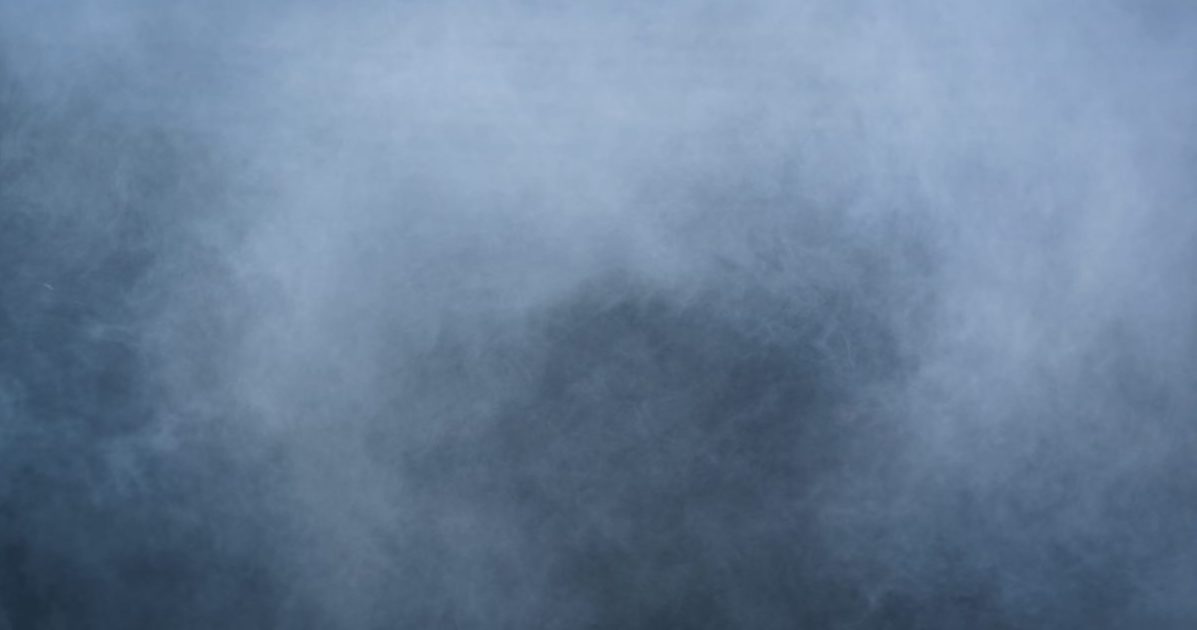
It may well be that we don’t yet know what will bring about our destruction. Most of the universe is completely unobservable. We think we have problems on our hands now… who knows what mysteries lie ahead? The scary thing about the unknown scenario is that we can’t even begin to prepare for it. It’ll just happen, and that’ll be that.